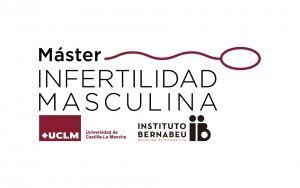
Oligozoospermia and criptozoospermia
Oligozoospermia is the presence of an abnormally low number of sperm in a semen sample.
According to the criteria in the 5th edition of the World Health Organisation (WHO) manual, normal sperm content in a sample of semen should be equal to or above 15 million per millimetre. If a sperm count gives a result below this figure, this is known as oligozoospermia and it may be associated with fertility issues. More than one sample will need to be evaluated in order to confirm this.
The diagnosis method consists of a spermogram which, amongst other things, gives a sperm count per millimetre of semen.
Oligozoospermia may be classified into various types depending on the quantity of sperm present:
- Mild: Between 5 and 14 million sperm per millimetre of semen
- Moderate: Between 1 and 5 million sperm per millimetre of semen
- Severe: Under 1 million sperm per millimetre of semen
A special case of oligozoospermia is criptozoospermia. This is the term used when the quantity of sperm is below 100,000 per millimetre of semen.
There are many possible reasons for oligozoospermia:
- Partial obstruction of the ducts through which sperm travel from the testes to the urethra.
- Abnormalities in testicular blood vessels (varicocele)
- Epididymis conditions
- Hormone disorders
- Trauma or inflammation in testicles
- Abnormalities in semen brought on by the consumption of certain medications, alcohol, tobacco or drugs
- Activities which increase testicular temperature (saunas, tight-fitting clothing, etc.)
Sometimes, patients with severe oligozoospermia can go on to suffer from criptozoospermia and, later, azoospermia (an absence of sperm in semen). Therefore, when diagnosed with this condition, it is important to take preventive measures such as freezing semen in order to preserve gametes.
The most suitable treatment for patients with oligozoospermia and criptozoospermia is in vitro fertilisation using the ICSI (intracytoplasmic sperm injection) technique, since a low concentration of sperm can mean that the ovule does not fertilise correctly under natural circumstances.
Last of all, it is important to rule out other options such as taking antioxidants and more healthy lifestyles which can improve semen quality and, therefore, give a more positive prognosis in patients with mild oligozoospermia.
